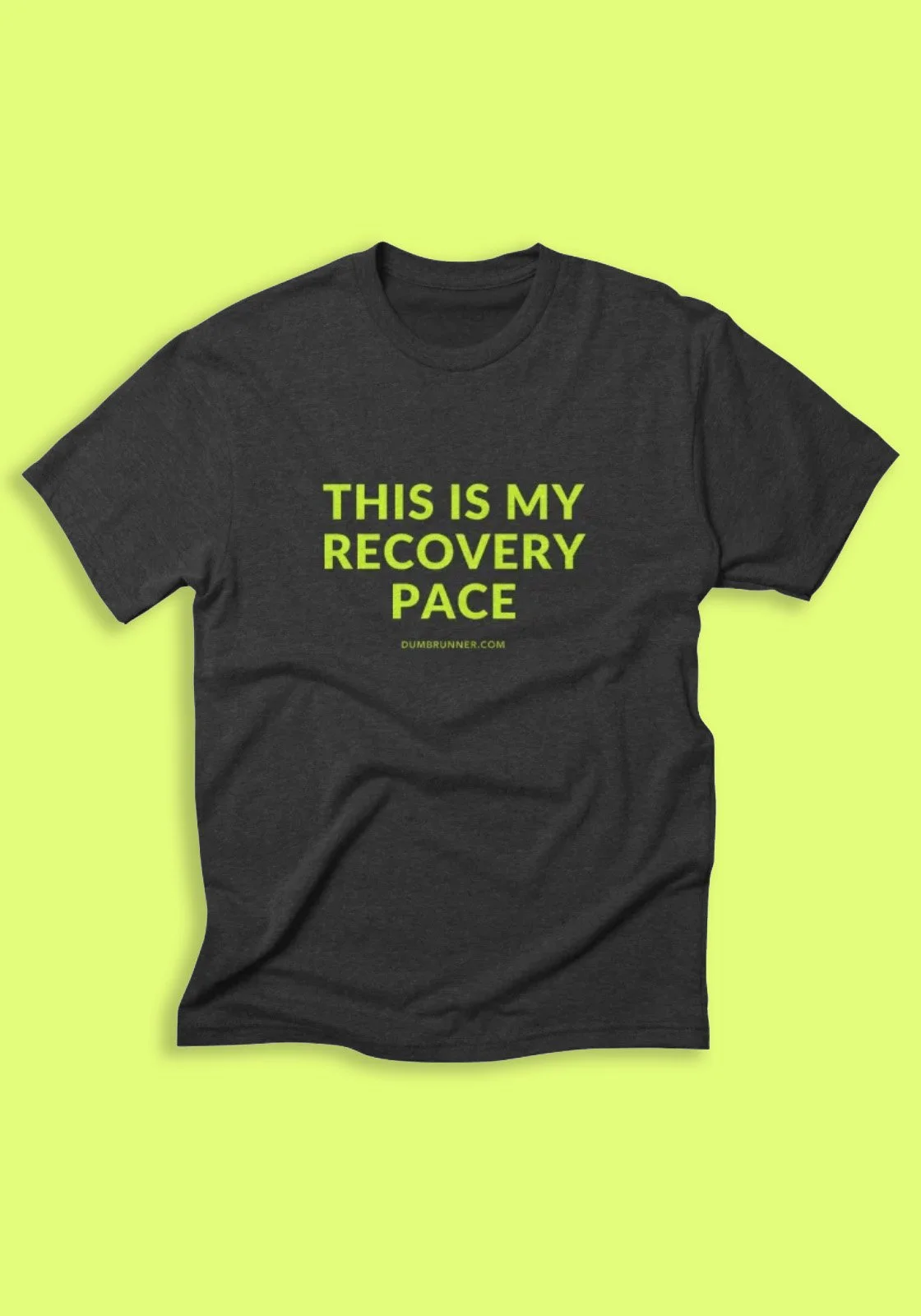The Dumb Runner Guide to Running in the Dark
/iStockphoto.com
The first thing you'll notice, when you run in the dark, is the lack of light.
This may seem like a small thing, a minor detail. But it is not. It is critical to understanding darkness, as a runner, and learning to outwit it. And outwit it you must. Because when it is dark, it is difficult for motorists, cyclists, and other pedestrians to see you. Due to the lack of light. This increases the risk of accidents, such as collisions.
Also when it is dark, it is hard to spot and avoid hazards in your path. Due, again, to the lack of light. This increases the risk of accidents, such as falls.
We know, we know. This is a lot to absorb all at once. Let's pause to review:
When it's dark, there is a lack of light.
Without light, it is difficult to see.
Accidents bad. Hurt you.
With all of this in mind, here is everything you need to know about running in the dark:
Be visible.
Let's pause to review:
Be visible.
If you think this sounds like obvious advice, you are wrong, wrong, wrong. Because Dumb Runner routinely sees runners—just barely, and at the last minute—out well after sunset dressed in dark clothing and nothing in the way of reflective gear or lights. Just two nights ago, no joke, we were out walking the dog around 9 p.m. when we noticed a young woman jogging toward us. She was wearing a black shirt and dark gray pants. She passed us, crossed the street, and ran on.
Also, she was wearing ear buds.
Readers, this article is dedicated to this young woman and to the multitude of runners out there who take a similar approach to night-running safety, i.e., no approach.
What Does a Driver See?
When you’re running in the dark with no lights or reflective gear, here is what you look like to a motorist from a distance of…
200 feet
100 feet
50 feet
18 inches
iStockphoto.com
At this point, it is too late. All the driver can do is activate his windshield wipers and try to dislodge the victim.
Don't let this happen to you!
What to Wear
A bright headlamp, so you can see where you’re going.
As much reflective stuff as possible, so motorists can see you. Vests, bibs, belts, straps, gloves, hats, ankle- or wristbands—there are plenty of options.
Light-colored clothing. This isn't nearly as important as reflective strips and lights, but it will help.
Other Tips
Choose lighted routes whenever possible.
Run in a group if you can.
Behave as if you're invisible to cars. (Actually, that's good advice any time.)
Use your head!
Summary
Use your head. Be visible. Be safe.






